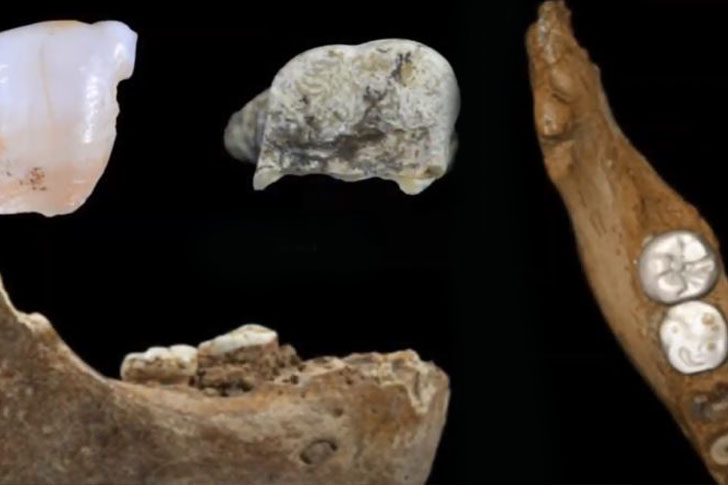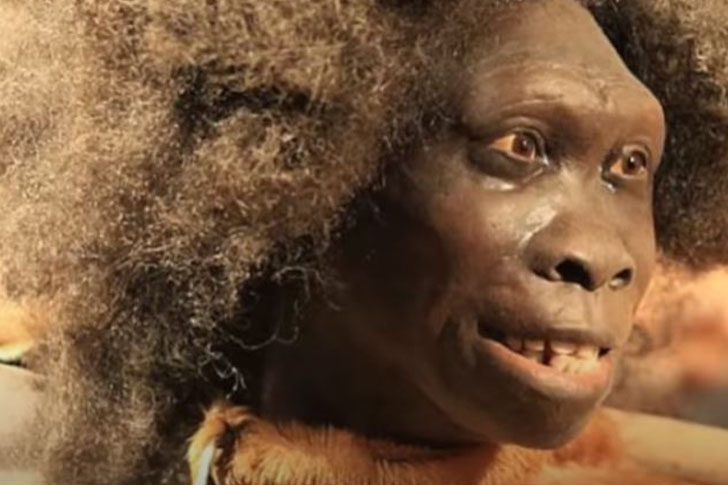Extracting molecular evidence from the tooth

As we’ve mentioned earlier, palaeoproteomics allowed the team of scientists to extract molecular evidence from the 800,000-year-old tooth. Specifically, they plucked proteins that are left behind in a singular Homo antecessor tooth. Right after extracting, they rebuilt the sequences of amino acids found in these strands. They also did the same with the proteins and amino acids from Neanderthals, modern humans, and Homo heidelbergensis— an ancient species that lived 300,000 to 700,000 years ago.
Using a great degree of variance in monomeric proteins will likely increase the precision of the results. As for modern humans, however, the scientists did not have to pull the proteins found in the enamel as they already had a complete DNA sequencing to work with. It would have been ideal and easier to do the same with the genetic code of Homo antecessor, but such information did not last as the enamel-bound protein did.

